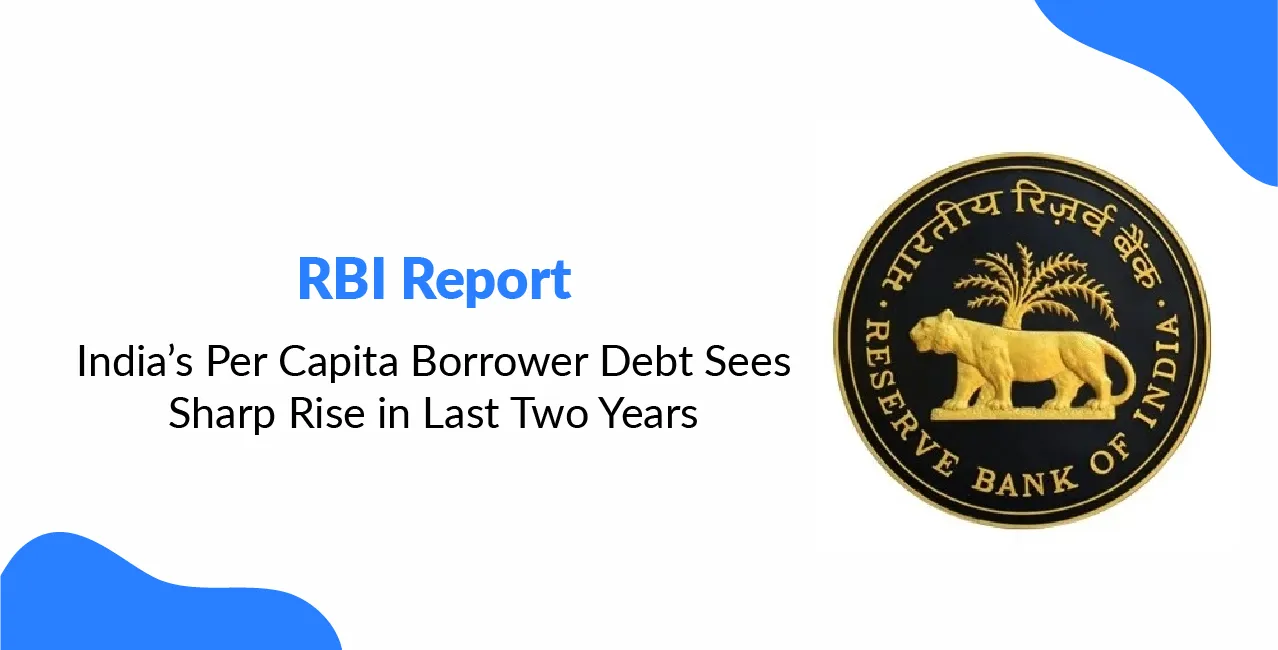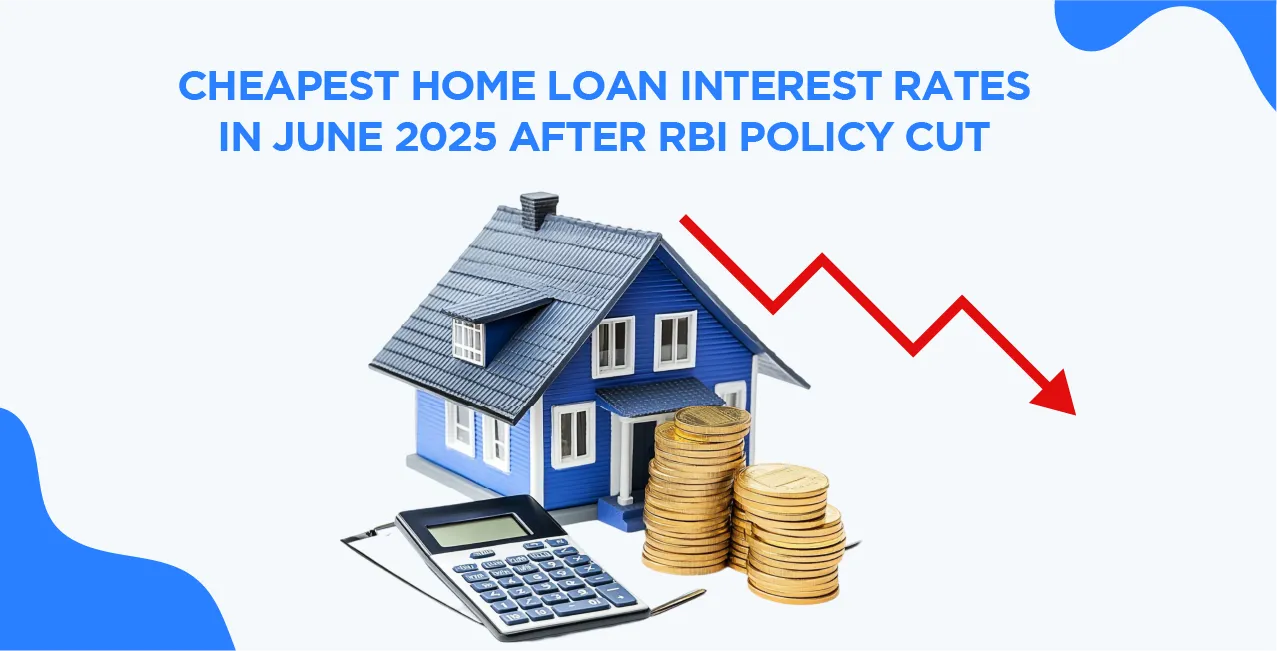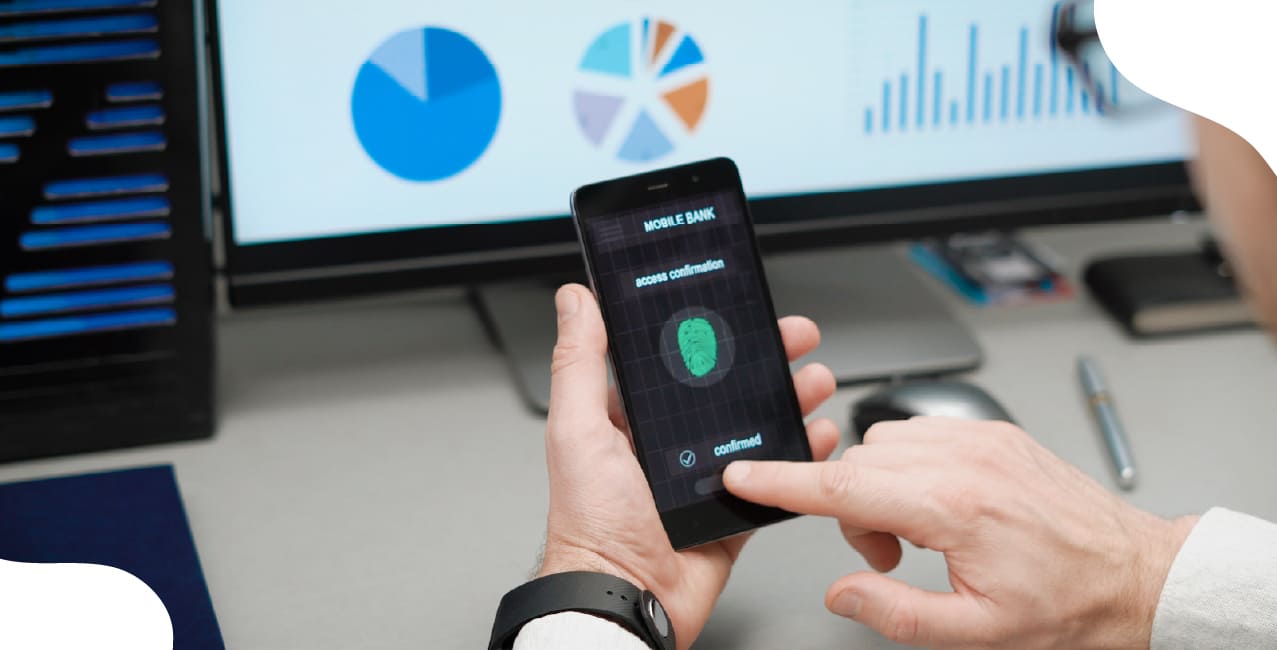
Author
LoansJagat Team
Read Time
4 Min
03 Jul 2025
RBI Report: India’s Per Capita Borrower Debt Sees Sharp Rise in Last Two Years
If debt is a bridge, are more Indians crossing safely or getting stuck halfway? The latest numbers suggest the answer may be changing.
The RBI’s Financial Stability Report released on June 30, 2025, shows that per capita borrower debt climbed from ₹3.9 lakh in March 2023 to ₹4.8 lakh in March 2025. This nearly 23 per cent jump does not just tell us how much Indians are borrowing, but how they are using credit, who is borrowing, and why this matters. Let’s explore further.
Non-Housing Loans Now Dominate Personal Credit
A major part of the increase comes not from home loans but from loans taken for personal consumption. These include credit cards, personal loans, consumer durable loans and small-ticket finance.
The RBI’s Financial Stability Report notes that non-housing retail loans take up more than half of all household borrowings. The concern here is not just about size but nature; many unsecured loans are not backed by any asset, like property or land.
For example, short-term personal loans or EMIs for gadgets have become more common in urban and semi-urban areas, marking a major behavioural shift in borrowing.
Existing Borrowers Are Borrowing More
While new borrowers still enter the system, the rise in repeat borrowing is a noticeable trend. The RBI said that more than one-third of new housing loans are being given to existing borrowers. In simple terms, people who already have loans are taking even more.
Read More – Debt Management Strategies for Middle-Class Families
This could mean two things.
- First, borrowers may be refinancing older loans to manage rising costs.
- Second, they could use credit to manage household gaps, especially for non-essential items.
The long-term impact of this kind of repeat borrowing is still not clear.
Moderate Debt at National Level, but Risks Are Building
India’s household debt-to-GDP ratio stood at 41.9% as of December 2024. This is lower than the average for emerging economies, around 46.6%, which suggests that the country is not overleveraged.
However, the concern is not just total debt, but what kind of loans people take and how much income goes toward repayment. The RBI noted that non-housing retail loans account for 25.7% of disposable income as of March 2024. This puts pressure on monthly budgets in households where wages have not grown.
Many first-time borrowers are now entering the credit system through quick personal loans. These often come with high interest rates. While digital lending platforms have made credit access easier, the pace of unsecured loan growth has raised concerns.
RBI Tightens Lending Rules
To address these risks, the RBI increased risk weights on unsecured personal loans in 2024. This means banks must set aside more funds for every loan they give in this category. The step is meant to slow down fresh lending to risky profiles.
The regulator is not alone in watching the trend. Several large banks, including the State Bank of India, have said they are cautious about personal loans. However, they also believe that defaults are still manageable at current levels.
RBI data shows that some states have a much higher debt-per-person rate than others, especially urbanised states with high real estate prices and better access to digital credit.
This points to a growing urban-rural divide in personal credit patterns. Urban borrowers use digital apps and online portals to borrow fast, while rural borrowers remain mostly dependent on informal or agricultural credit.
Risky Borrowing or Middle-Class Crunch?
Several analysts believe India may be heading towards middle-class credit stress. The Financial Times recently noted that middle-income households increasingly rely on short-term debt to fill monthly gaps.
Also Read - How to Exit a Loan Trap and Rebuild Your Finances
Unlike the upper class, which can ride out high EMIs, and the lower class, which often does not get bank loans, the middle-income group is stuck in between. For them, even one unexpected medical or job loss event can trigger a cycle of debt.
The RBI has hinted at this stress, though without saying it directly. Its policy comments focus on “prudent borrowing” and “targeted risk buffers,” words that suggest some quiet concern is building in the background.
What to Watch Going Ahead?
The next few quarters will be key. If wage growth stays low and inflation pinches households, people may borrow even more, which could raise the default risk in unsecured loans.
The RBI is expected to continue monitoring unsecured credit growth. Banks may start tightening credit checks or adjusting terms for personal loans.
For borrowers, this is a time to check how much of their income goes into repayments. Experts say no more than 40% of monthly income should go into EMI payments. Many borrowers today are crossing that mark.
About the Author

LoansJagat Team
‘Simplify Finance for Everyone.’ This is the common goal of our team, as we try to explain any topic with relatable examples. From personal to business finance, managing EMIs to becoming debt-free, we do extensive research on each and every parameter, so you don’t have to. Scroll up and have a look at what 15+ years of experience in the BFSI sector looks like.

Quick Apply Loan
Subscribe Now
Related Blog Post

LoansJagat Team • 10 Jun 2025

LoansJagat Team • 06 Jun 2025

LoansJagat Team • 22 Sep 2025